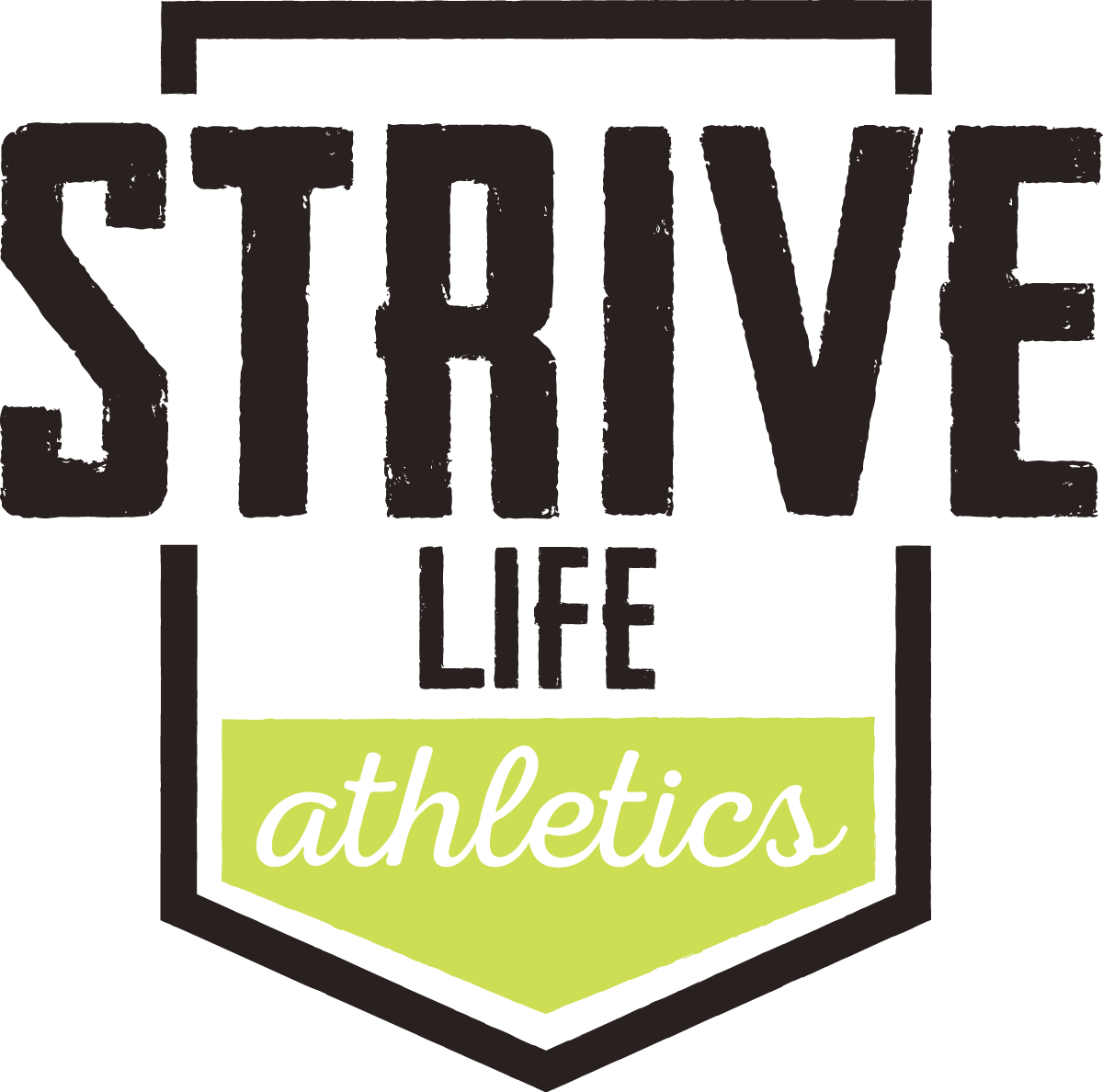Mastering the Squat: Coaching Cues, Breakdowns, and Success Tips.
The squat, often considered the cornerstone of full-body fitness, is a movement that can be challenging to coach effectively. This knee-dominant exercise demands adequate hip mobility, hip flexion, ankle mobility, and spinal stability as a foundational requirement. In this article, we will delve into the intricacies of coaching the squat, offering crucial cues, insights into common breakdowns, and invaluable tips to enhance your coaching prowess. Whether you're an athlete looking to refine your form or a coach striving to elevate your skills, this knowledge will prove instrumental in your fitness journey.
Understanding the Complexity of Squatting
The squat is a multi-joint movement that necessitates a fine balance of mobility and stability from various joints within our body. Whether you are a seasoned athlete or a fitness enthusiast, mastering this exercise is of utmost importance. However, difficulties often arise, primarily due to insufficient mobility or stability in specific joints. Main joints of interest are ankles, hips and spine.
The Squat Movement - Step By Step
Commence in a standing position with a firmly braced midline.
Slightly bend your knees and hinge your chest forward while maintaining a neutral spine.
Initiate a hip hinge, pushing your buttocks back while engaging your hamstrings and glutes.
Gradually bend your knees, lowering your buttocks while ensuring your knees track over your toes.
Propel yourself upwards by pushing through your feet and hips to return to the upright position.
Maintain a strong posture, contract your glutes, brace your midline, and synchronize your breath.
Regression Techniques
To instill the squat pattern while receiving added support, consider incorporating tools like a box-assisted squat or utilizing TRX straps or resistance bands. These aids can facilitate the development of the desired range of motion safely. If further regression is needed based on assessment of skill and range of motion in executing a proper rep, then attention will be directed so more of a corrective approach. Incorporating specific mobility and stability drills will help to improve their joint function. This way you can build towards grooving the squat pattern.
Progression Strategies
For progressive training, introduce resistance elements such as bands or weights into the squat routine. Gradually augment the load only when the range of motion remains consistent, and no deviations in form occur. A great tool and step in the direction of progression will be the incorporation of a long loop resistance band. By standing on the band and then pulling it up towards your shoulders and then perhaps overhead will provide the necessary resistance in both the eccentric and concentric aspects of the movement. This will be great for assessment as the band will provide much needed feedback when executing the movement. Once this is performed well you can then progress further into weighted exercises with dumbbells or kettlebells. The ideal movement of choice at this stage will be a front loaded goblet squat. These two progressions will have you well on your way to proper movement in the squat pattern with the goal to be pain free and injury free while taking steps forward.
Optimal Coaching Cues
Emphasize the maintenance of a locked-down rib cage pulled toward the pelvis to ensure midline bracing and preserve a neutral spine.
Encourage engagement of the upper back and lats by envisioning the squeezing of towels beneath each armpit.
Stress the importance of keeping the feet firmly grounded with three points of contact while gently pushing the knees outwards, aligning them with the second toe.
Advocate for the creation of tension throughout the entire posterior chain, spanning from the ground to the shoulders.
Highlight the significance of a neutral spine and stability, particularly during the initiation of the movement.
Common Breakdowns and Solutions
Heels lifting off the ground may indicate issues with ankle mobility. Apply ankle mobility focusing on plantar and dorsi flexion.
Rounding of the back and spine is often attributed to a lack of spinal stability. Apply spinal mobility and stability to increase awareness and ability to brace and create tension.
Misalignment of the neck and spine may stem from limited body awareness. Align neck and spine to set up correctly.
Restricted hip range of motion could signify underlying hip mobility limitations. Apply hip mobility focusing on flexion, extension and internal and external rotation in the hips.
Hyperextension at the top position suggests a need for heightened body awareness. Apply the bracing technique of rib cage to pelvis and engage glutes.
Conclusion
Mastering the squat is a foundational skill in the realm of fitness. Whether you are coaching others or perfecting your own form, comprehending the nuances of this exercise is indispensable. Strive offers comprehensive training on foundational movements like the squat, encompassing progressions, regressions, and coaching techniques. Our aim is to equip you with the knowledge and skills necessary for a successful fitness journey.
Strive stands as a testament to effective fitness education. Our approachable and impactful coaching programs provide you with the tools to make a positive impact on clients' lives within a supportive learning environment.
Best in Health,
Ryan
PS: Searching for a modern, engaging fitness coaching certification program? Look no further. Strive offers a transformative experience, providing you with the precise tools needed to become a successful coach and leave a lasting impact. Join us today!


